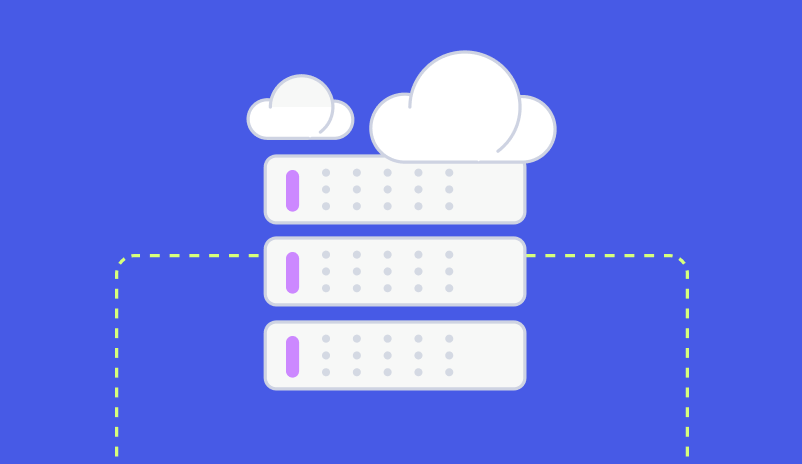Why Longitudinal Audience Testing Beats Single-Send A/B Tests for Email Insights
Single-send A/B tests can be misleading; longitudinal audience testing captures true impact over time

In working with enterprise retailers, we’ve found most skip longitudinal testing because they’re complex, time-consuming to implement, and use single-send A/B tests instead.
The problem? Any change to an email program will show good performances for a day or two. However, the revenue performance can tell a different story when you look at the same changes over an extended period.
That’s why longitudinal holdout tests are so powerful. They help you understand how a change in email content or design impacts revenue over time. Unlike single-send A/B tests, these tests track the performance of a change over weeks, providing statistical significance and a more reliable picture of long-term impact.
That’s why these tests are considered the gold standard.
The limitations of single-send A/B tests
Almost universally, we see brands rely on single-send A/B tests because that’s what most email service providers (ESP) are built for. While they can provide immediate feedback on a new design or content change, ESPs can’t maintain the same audiences across multiple email sends. This setup complicates new signup distributions and makes it challenging to see whether changes drive sustained revenue lift.
Here’s what we know:
Single-send A/B tests are snapshots that offer immediate insights but don’t capture changes in revenue lift over time.
For example, adding product recommendations to a daily email may show a big revenue lift on the first day. However, if the same content change is tested using a longitudinal holdout test, it can reveal whether the initial lift sustains over time. The lift may be short-lived or even lead to a negative revenue impact, which you’d never know through single-day testing.
However, potential drop-offs are accurately captured through longitudinal testing.
Why longitudinal audience testing is essential for long-term insights
After running these tests with multiple enterprise retailers, we’ve identified patterns you can’t see in single-day results. Longitudinal testing provides insights that are invaluable for data-driven content strategies. This testing helps you see if the impact of a content or design change lasts beyond the initial excitement and reveals patterns that emerge over weeks, not a day or two.
With this approach, you can see whether a change signifies sustained performance or just a short-lived spike.
Longitudinal holdout testing is critical for making informed, revenue-driven content decisions with your email strategy. While single-send A/B tests are useful for a quick glimpse, they fall short of revealing the actual lasting impact of a change.
That’s why we built our Dimensions™ solution to include automated longitudinal testing. We’ve eliminated the manual work that makes these tests so challenging and can throw off results or give false positives on actual campaign effectiveness. You’ll have a clearer view of your content or design’s long-term performance, helping you confidently make decisions, knowing they drive sustained revenue growth.
Subscribe to our newsletter for more insights on effective email testing strategies.
Sign up for Insights
Prefer getting your newsletters through LinkedIn? We got you! Sign up for Zembula Insights for LinkedIn here.
Grow your business and total sales




